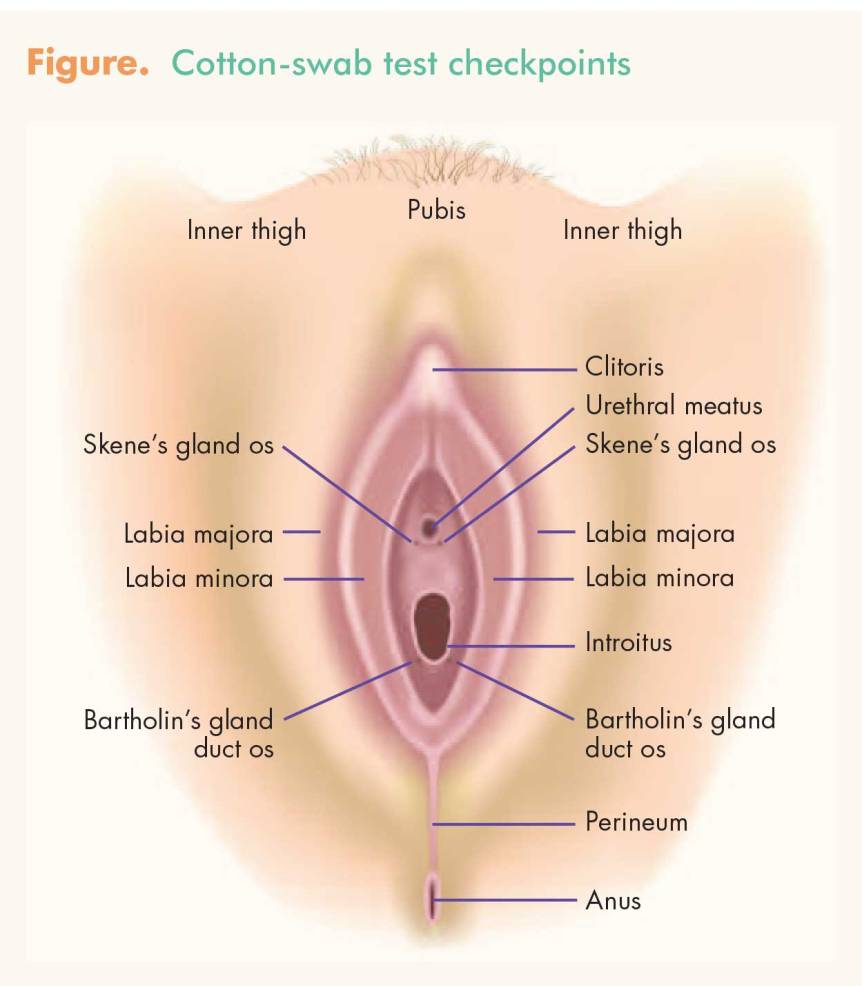The vagina. Pussy. Twat. Cunt. Kitty. Snatch. Box. Fuckhole. Flower. Bearded clam.
It’s an enigma wrapped in a paradox underneath a blanket of questions. So I went on Whisper and said I would answer any questions about the vagina. Here are the most commonly asked questions and my respective answers:
What’s the difference between squirt and cum?
This requires some basic anatomy to properly address. First, women’s genitals have three main holes. YES! THREE! There’s the anus, the vagina, and the urethra. The urethral opening is usually very small and unnoticeable, and it located between the clitoris and the vaginal opening.
Second, this question is tougher to answer because of the language. Some men think squirting is cumming, others think cum is the thicker fluid that comes out during sex. I tend to go with the latter – squirting is separate from cum.
Cum is the thicker, almost gooey whitish stuff that comes with sex. The vagina produces this both as a lubricant for penetration and as a catalyst to help sperm survive the trip to the uterus. The consistency will vary depending on the woman’s menstrual cycle; the fluid tends to be thickest just before ovulation, and thinnest before and after bleeding. The amount a woman produces will vary depending on the individual.
There is a great deal of debate about what squirt is, and where it comes from. The only thing known with absolute certainty is that it’s released from the urethral region, NOT the vagina, and is a very thin liquid. All squirt has at least a trace of urine in it. The most common belief is that Skene’s glands are what create and store this liquid, and when these glands are stimulated they abruptly push the liquid out through tiny exits near the urethra.

So… to summarize…
Vaginal cum = thicker, sometimes white, comes from vagina
Squirt = thinner, mostly clear, comes from urethral region
What is bottoming out? Why does it happen?
This occurs when a penis is longer than the vagina; during sex, the penis pushes on the cervix, often painfully.
Each woman has a different size and shape to their vagina – just like a finger print or snowflake, no two vaginas are exactly alike. Some can take longer penises than others. Much like a penis, a vagina actually enlarges and expands when it’s aroused, making it able to encompass more of the penis. According to WebMD and Maxim, an aroused vagina averages at 4.5 inches in depth. Keep in mind that number is an AVERAGE; some will be deeper, some shallower.
But there is also the cervix to consider. The cervix acts as a barrier between the vagina and the uterus, and is somewhat elastic. It can stretch to a certain point before becoming painful. As a woman who has been told by multiple doctors I have a deep vagina, I can take about 8 inches before it gets uncomfortable.
Does larger labia mean she’s had more sex than others?
NO!!!
Like vaginas, finger prints, and snowflakes, each women’s labia is unique and dictated by genetics. Larger labia does not mean she’s “loose,” nor will having many sexual partners loosen the skin of the labia. This is a complete myth.
Can women squeeze the vagina to make it tighter?
Yes. The pelvic floor muscles are a large group that connects the vagina, anus, and bladder. Like any other muscles, they can benefit from strengthening exercises to help with incontinence or to make sex more pleasurable. Here is a guide from the Mayo Clinic about doing Kegel Exercises.
What are the most sensitive spots?
There isn’t one universal answer for this, because each woman is unique. The vulva as a whole is more sensitive than most other body parts, though there are a few areas that should be focused on. The clit and the g-spot are two absolutely crucial must-stimulate areas – she’s probably going to have a bad time if you don’t at least give the clit some attention. Some women have sensitive labia, others don’t. Some find touching the g-spot painful, while others need a lot of pressure.
A good rule is to start gentle and gradually increase pressure with increased arousal, and lubricate everything you touch down there! Don’t be afraid to ask for feedback as you go along: “Is this okay? Does this feel good? Do you want it harder? How do you like it?”
Why do vaginas smell?
Random fact: the vagina is actually a smorgasbord of bacteria. It’s a delicate balance of helpful bacteria, like the kind found in pro-biotic yogurt, and dangerous intrusive bacteria. Natural lubrication from the vagina helps keep it clean and flush out the bad bacteria. This fluid has a naturally mild odour/taste that is unique to each woman and may change a little throughout her monthly cycle.
Sometimes the bad bacteria can take over and cause infections, which can cause a whole host of unpleasant symptoms, including a strong, foul smell. These infections can be easily addressed by a doctor with either antibiotics or yeast treatment, depending on the problem.
If your partner’s vagina is unpleasant smelling or tasting, gently bring it up to her and suggest she see her doctor. This is tricky because most of us are very self-conscious about our lady bits, thanks to porn and popular culture, so be tactful, respectful and supportive.
